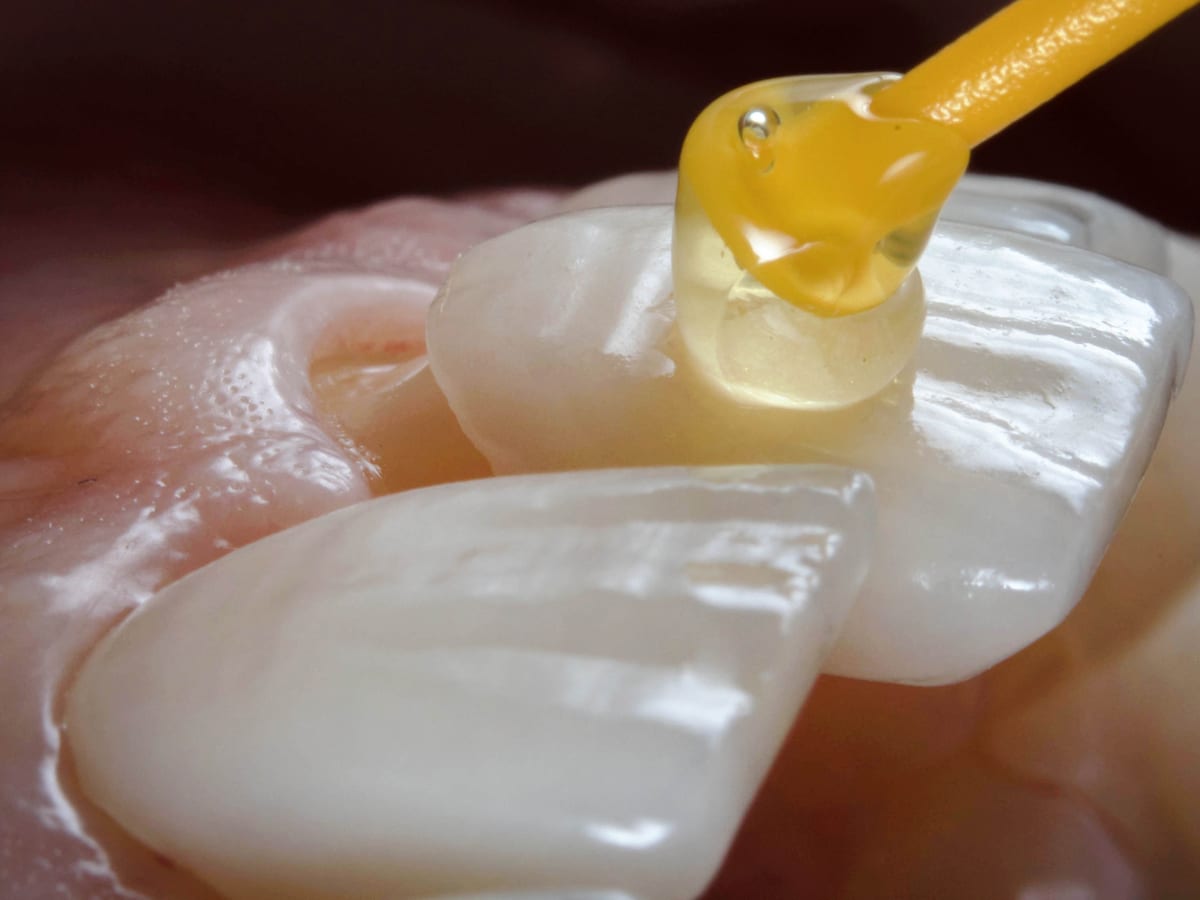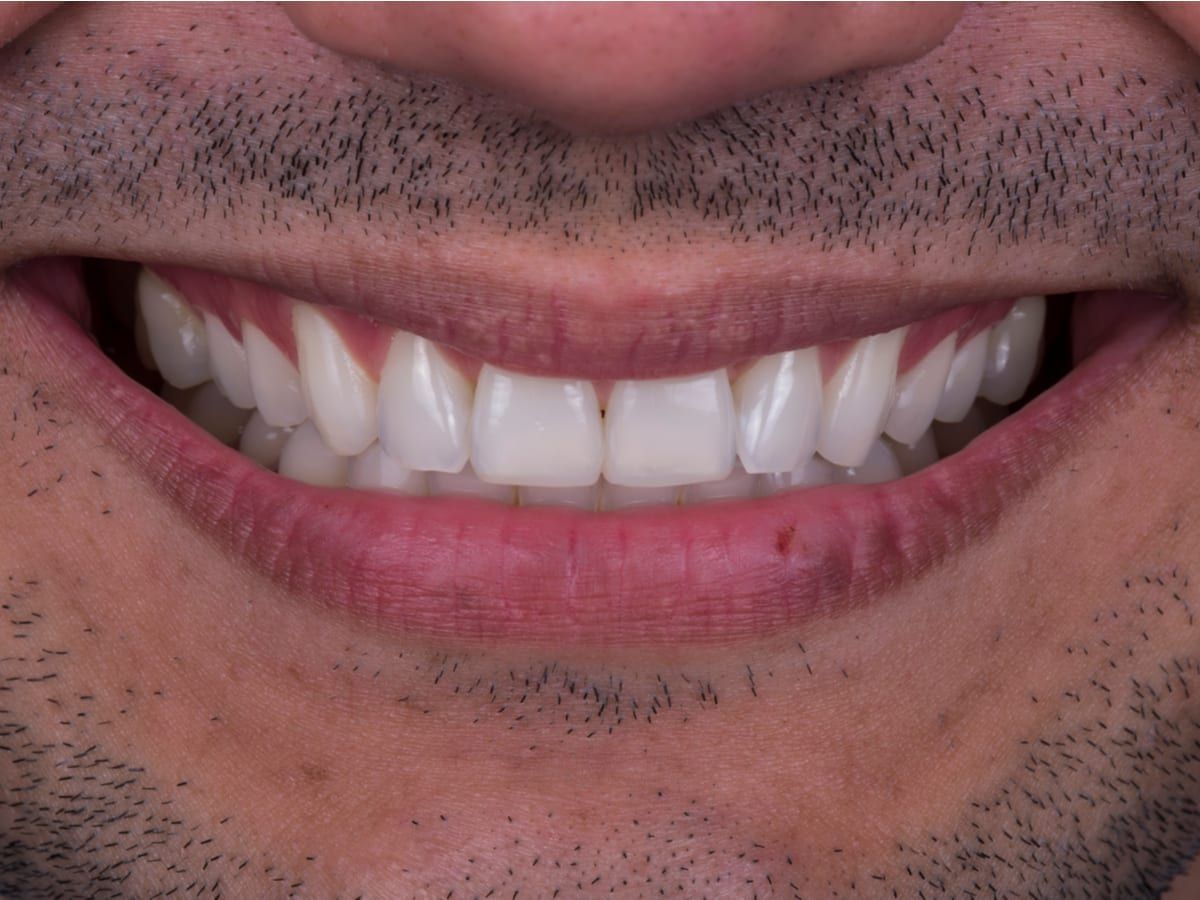Veneers are a cosmetic dental procedure that involves the application of covers to the teeth of patients who have one or more mild imperfections in their teeth. Patients who have chipped, misshapen, or mildly misaligned teeth with or without gaps may benefit from the cosmetic dental procedure known as dental veneers. A consultation with your dentist is the best way to determine which type of veneer is right for you.
Dental Veneers
Veneers are used to cover the portion of your tooth that is visible, replicating the appearance of perfectly formed natural teeth. They are a versatile solution for mild dental imperfections, and can be used to repair any of the following dental issues:
- Stained teeth that don’t respond to whitening using bleach.
- Teeth that are worn or chipped.
- Large or uneven spaces between the top front incisors.
Two types of veneers are available, composite resin and porcelain. Your dentist will help you determine which variety is best for your concerns.

Porcelain Veneers
Porcelain veneers are generally preferred by patients due to their natural appearance and beauty. Their additional cost is a deterrent for some patients. Porcelain veneers come with the following benefits:
- Their surface mimics the appearance of natural teeth
- They require the removal of less enamel than caps or crowns
- They’re resistant to staining
- They’re durable and long-lasting
Porcelain Veneer Application Steps:
Preparing the tooth for porcelain veneers involves the removal of a small layer of enamel from the teeth. This step ensures that there is sufficient room on your teeth for the veneers and that they will look natural once applied. Following this, a mold is made of your now prepared teeth, and a shade is selected that closest matches your teeth. This mold is delivered to a lab for preparation, during which you will receive temporary veneers. Once the finished veneers are returned, they are adjusted to eliminate any imperfections and then bonded to your teeth permanently.
Composite resin veneers
This form of veneer is an alternative to porcelain veneers. They involve the use of a tooth-colored composite resin that is prepared and adhered to the tooth in the same manner as porcelain veneers. The steps involved in placing composite resin veneers are similar to those for porcelain veneers. Just as with porcelain veneers, there is less enamel removed than there is with crowns or caps. The process requires fewer visits than porcelain veneers, often able to be applied in a single visit. They also are available at a lower price than porcelain veneers. These veneers are generally easier to repair if they become damaged than porcelain veneers.
Composite Resing Veneer Application Steps:
The process to place composite resin veneers is shorter than that of placing porcelain veneers. The first step remains the same, but at that point, the dentist bonds the material to your teeth and sculpts it to match your natural teeth in a matching color. The composite will be hardened under special lights to bond it to your teeth permanently. Finally, they are polished and smoothed to match your natural teeth.
What To Do Before Getting Veneers?
Before getting either kind of veneer, it’s necessary that your gums and teeth are healthy. Any existing gum disease or decay must be eliminated prior to the placement of veneers. This solution isn’t typically appropriate for those who clench their teeth or experience bruxism due to their tendency to break under these conditions. Your dentist may suggest that a dental night guard while your sleeping should be worn to protect your veneers. Obviously, all of this starts with making a call to your dentist.


